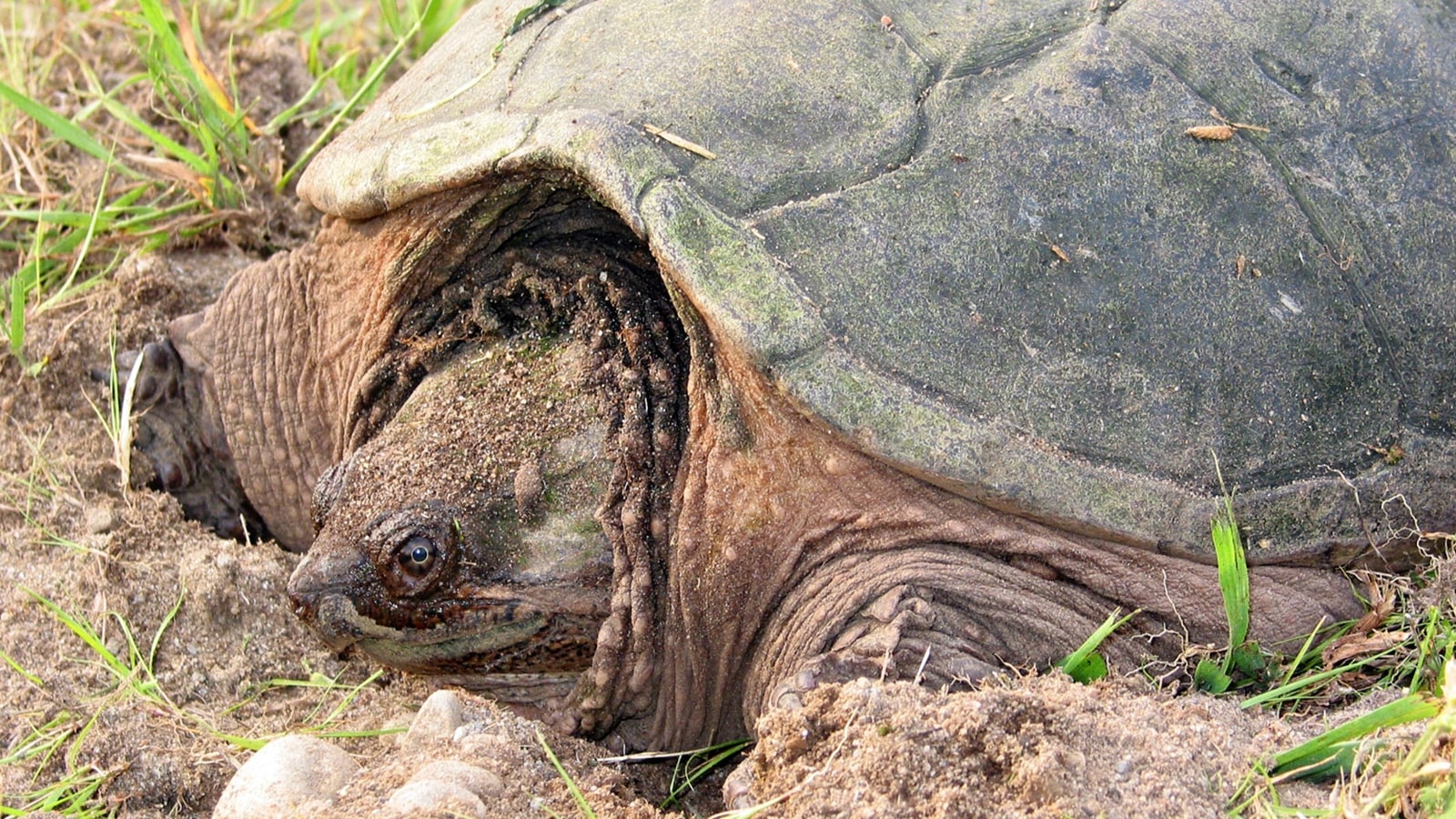Home / Environment / Snapping Turtles' Unique Sex Determination Threatened by Climate Change
Snapping Turtles' Unique Sex Determination Threatened by Climate Change
30 Oct
Summary
- Snapping turtles' sex determined by nest temperature, not genes
- Warming climate leading to more female hatchlings, threatening reproduction
- Small actions like planting trees can help regulate nest temperatures

As of October 30th, 2025, scientists are raising concerns about the impact of climate change on the snapping turtle, a prehistoric species that has existed for over 90 million years. Unlike most animals, the sex of snapping turtle hatchlings is not determined by their genes, but rather by the temperature of the soil around their eggs.
Cooler temperatures, around 22°C (71.6°F), typically result in male hatchlings, while warmer temperatures above 28°C (82.4°F) lead to the development of female turtles. This unique biological quirk has allowed the species to thrive for millennia, but now it poses a serious threat as global temperatures continue to rise.
In some areas, researchers are already observing nearly all-female clutches of snapping turtle hatchlings. This skewed sex ratio could have dire consequences for the long-term survival of the species, as fewer males would be available to mate and reproduce. Without intervention, this imbalance could lead to the decline of the snapping turtle, a resilient creature that has outlived the dinosaurs.
Advertisement
Fortunately, there are steps that can be taken to help protect these ancient reptiles. Conservationists urge the public to avoid disturbing known turtle nesting areas, especially during the spring and summer months. Planting more trees near wetlands can also help regulate soil temperatures, making it less likely for the nests to overheat. By supporting wetland conservation efforts and raising awareness about the impact of climate change on temperature-dependent species, we can work to ensure that the snapping turtle continues to thrive for generations to come.



